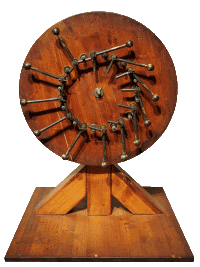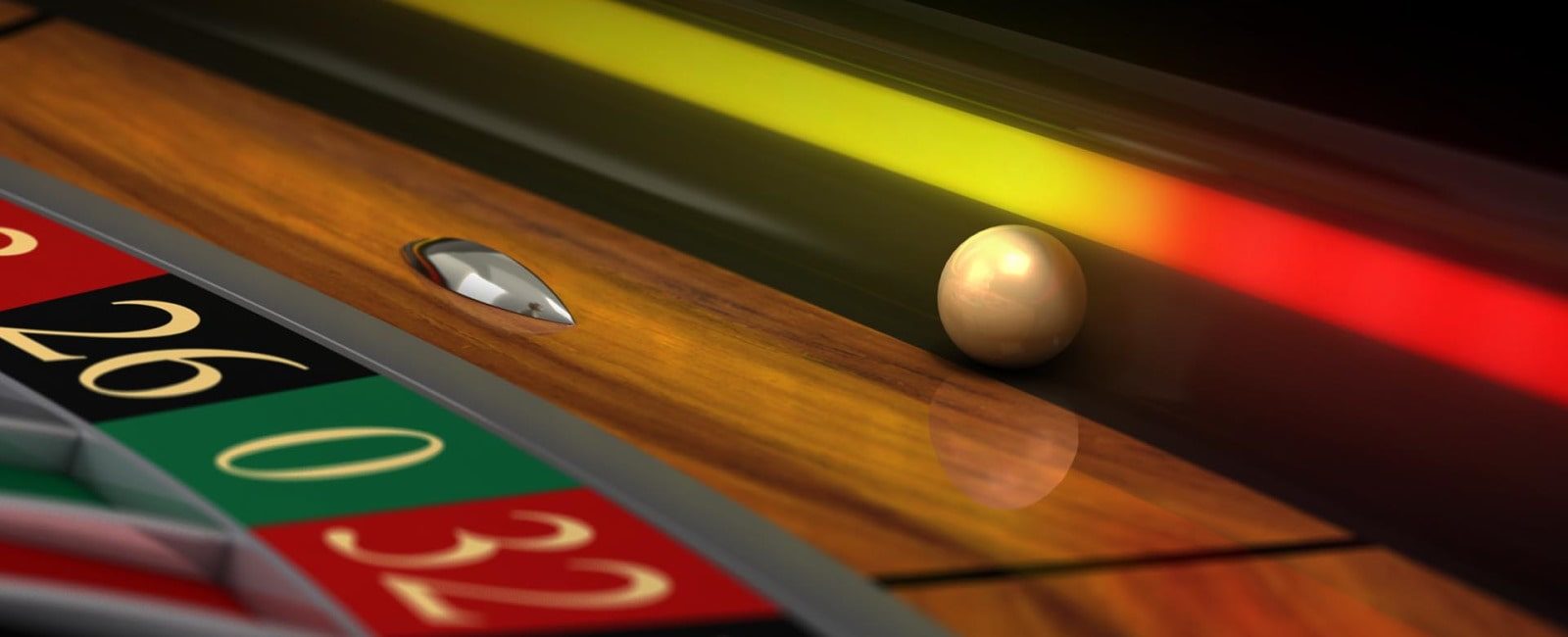The Perpetual Motion Machine
The Perpetual Motion Machine- the Birth of Roulette?

In the search for the eternal mankind has always reached for the everlasting, trying to solve the unexplained and to mimic the magnificence and downright weirdness of the rules of the world around us. One of these curious people was the French physicist Blaise Pascal who is sometimes given the moniker of “Father of Roulette”.
This remarkable man wanted to create something incredible. A strangely named perpetual motion machine!
So what, you may ask, it this tricky sounding object? To keep it simple, a perpetual motion machine is a device that moves continually without using energy to power it. The image to the left might look like Bauernroulette (or poor man’s roulette), but it is an early stage Perpetual Motion machine!
Now, in France in 1655, all things seemed possible; especially to a scientist of the day who had the same reputation as a mega rock-star of this generation. He is alleged to have been the first person to wear a wrist watch and there’s even an entire computer language named after this brainbox.

Pascale wasn’t satisfied with being a mathematician, philosopher and having a famous mathematical solution named after him (Pascal’s Triangle was named after him and is still studied today!) No, Pascal wanted to try to reach heady new scientific heights by building a perpetual motion machine. Now, many people have built machines to spin balls around a wheel, with some fraudulent creations constructed along the way like the wheel that kicked off the Straperlo Scandal, but Pascale was the first person whose aim was to break the laws of physics.
Modern physics has ruled out the possibility of a perpetual motion machine ever existing, or to get super techy about it, when in 1847 the principals of thermodynamics were enshrined, the possibility of perpetual motion became a physical impossibility.
Essentially, you need some form of energy to power a device, whether it is the energy of you moving that powers your watch (therefore powered by perpetual motion) or the magnetic energy of the earth which keeps the moon rotating!
But Pascale was a tryer and a very successful one at that. In his attempt to solve the mysteries of the universe this clever man managed to devise a prototype for the modern roulette wheel.
Clearly this very religious man did not set out to design the much-loved table game of today. It is a very happy coincidence for roulette lovers that one man’s scientific curiosity gave us the beginnings of the roulette wheel.
While the finished wheel we see and play on today owes a great deal to the designs of other later Frenchmen, two brothers Francois and Louis Blanc who decided a zero would be a good addition to the wheel, changing history in one simple act.
And so thanks to Pascale, in a way he did achieve his aim. The perpetual motion machine that he accidentally created is one that does really spin perpetually all around the globe day or night, country to country. Whether it’s the much loved John Huxley roulette wheel, seen in Las Vegas, Macau or Monte Carlo, or the technically alluring online version of the original with bells and whistles immersive game play his achievement is the same. We lovers of roulette owe a debt of gratitude to the scientific powerhouse that was Blaise Pascal and to his accidental contribution to the Queen of all table games.
We take our collective hats off to you sir!

